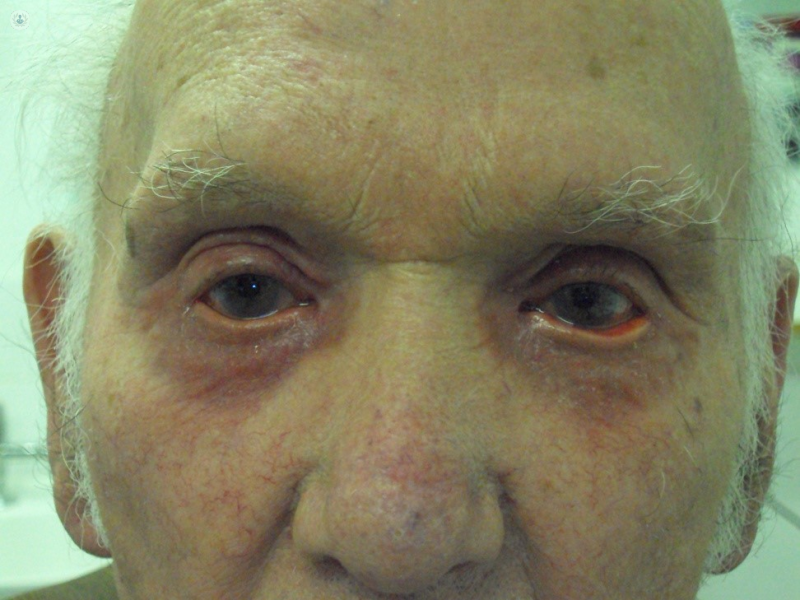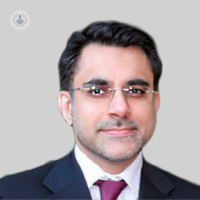Glaucoma and ocular surface disease - a dangerous combination! – Part 1
Escrito por:Glaucoma is all too common, affecting around 480,000 people in England alone. This condition involves excessive pressure on the optic nerve, leading to loss of vision. To make matters worse, patients may also have ocular surface disease, which can hamper glaucoma treatment and further affect the patient’s life. Expert ophthalmologist Mr Shabbir Mohamed explains.

We have a wealth of evidence that lowering intraocular pressure (IOP) helps to slow down the disease process in glaucoma. The majority of glaucoma patients are currently treated using eye drops aimed at lowering IOP. Over my working life (past 20 years), I have seen the range of available drops and combinations of drops to treat glaucoma expand greatly and this has allowed us flexibility to individualise treatments for our patients. This has been of great benefit, allowing patients to retain their sight and maintain quality of life.
Our understanding of the safety and usefulness (efficacy) of eye drops has also evolved over time. Amongst the first generation of eye drops that were available, it became apparent that some eye drops caused marked toxicity to the structures of the surface of the eye, leading to development of scarring, which compromised vision and quality of life of our patients – the very things we were trying to preserve. One such example is metipranolol, which is no longer used as a result.
Over time, newer agents and formulations have been developed that are much better – both at lowering IOP and having lower toxicity. However, the problem of toxicity to the structures of the ocular surface remains. Several studies have shown that this is a significant problem leading to loss of quality of life in a large proportion of medically treated glaucoma patients. The problem seems to be greater in patients who are treated over a long time, those treated with multiple agents and also in patients who use multiple drops containing preservatives.
In addition to drops, older patients as well as patients who develop systemic diseases are more likely to develop worsening ocular surface problems. We are also developing a better understanding of how systemic medications and nutrition plays an important role in this group of patients. It is therefore common to see patients who are having symptoms and signs related to ocular surface problems in our glaucoma clinics.

Implications of ocular surface disease (OSD) in glaucoma patients
Patients with OSD present with symptoms that range from ocular discomfort, redness and watery eyes to visual disturbance, which can be serious in some patients. Studies have shown that the impact of such symptoms can be quite severe on the quality of life of the patient especially in those at the severe end of the spectrum.
As a result of these symptoms, some patients stop using their anti-glaucoma medication, which can lead to loss of control of the intraocular pressure and worsening of glaucoma. This situation can then lead to a breakdown of the doctor-patient relationship and a subsequent loss of trust in the healthcare system, which is a major issue globally.
If the ocular surface toxicity is unrecognised and is allowed to persist, it can lead to inflammation, which is the body’s attempt to heal itself. However, prolonged inflammation can lead to scarring of the ocular surface tissues. We have known for many years that the health of the ocular surface tissues is an important factor in good outcomes with glaucoma management and in particular in glaucoma surgery. Therefore, if there is inflammation and scarring at the ocular surface, outcomes for glaucoma patients and in particular of glaucoma surgery are less than optimal.


